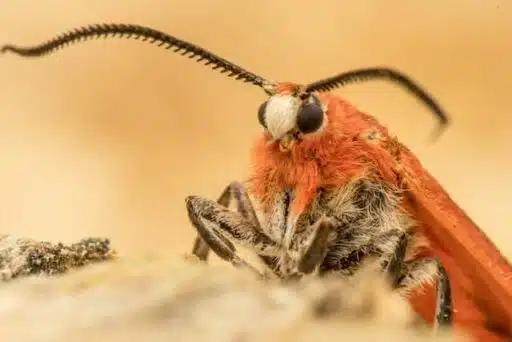Today we’ll get to know the moth, and more specifically what moths eat.
Most people can point out a moth when they see one, but that’s usually all the info we have on them, isn’t it? In this article you’ll get to know the moth a lot better, and most importantly we’ll answer the question of what food these fluttering and fluffy creatures eat to sustain themselves.
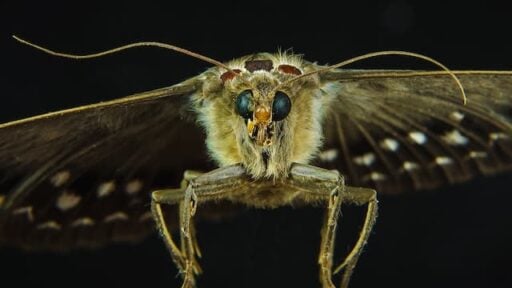
Seeing a moth resting on your clothing or flying around your surroundings can be irritating. However, with over 250,000 species spread out worldwide, it’s evident that moths have come to stay.
In the United States and Canada alone, there are over 11,000 species of moths, each with different specifications, modes of feeding, and physical features. They’re insects that you should learn about, and lucky for you this blog will be all you’ll ever need to read.
Growth and Formation
Obviously, moths don’t just appear out of nowhere. They go through a life cycle of different stages before emerging in the form we know them to have. The life cycle of moths consists of four (4) stages: egg, larva or caterpillar, pupa or chrysalis, and finally, the adult stage.
The female moth lays an egg, and the larva grows inside the egg for about 7-10 days. The caterpillar feeds on its shell once it emerges and then begins to feed on plants in its surroundings. The caterpillars then make cocoons, where it remains until it materializes as fully formed moth.
Moths are pretty short-lived; they typically live for 27 days, although some can thrive for a year.
Description and Body Features
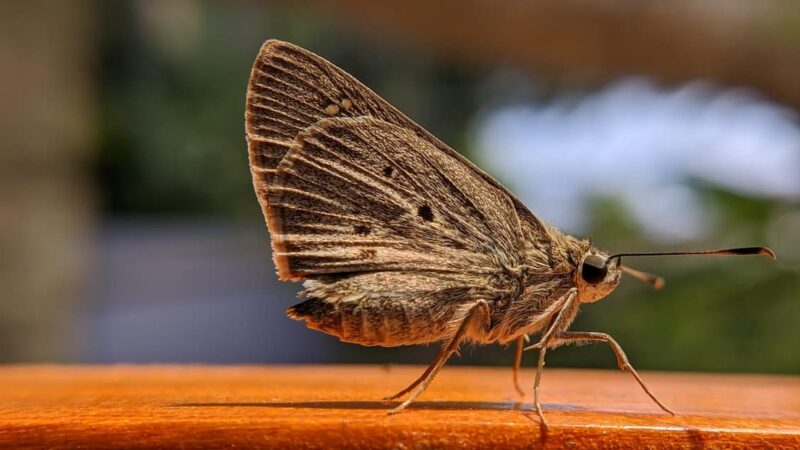
Moths, also known as Indian meal or clothes moths, are beautiful insects whose wingspan ranges from 4mm to 30cm. They have dull-colored wings, which might look scary at times. The dust-like substances covering their bodies peel off when touched.
They possess two wings, a pair of antennae, and mouthparts for feeding.
Moths come in different sizes. Some are small in size, like the Stigmella maya, a micro moth from the Yucatan peninsula which measures 1.2mm. Others are considerably bigger, like the Atlas Moth, with a wingspan extending up to 30cm.
Habitat
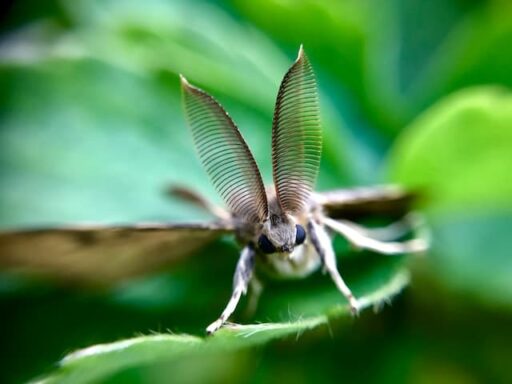
They have a high ability to adapt to any environment. As a result, they reside in most habitats except for polar regions like the Arctic and Antarctica. That is due to the extreme temperature typical of polar regions, a huge contrast to their preferred climate: warm and dark places.
Despite their ability to thrive in most habitats, they are usually found in the woods. Some species prefer to live in highly forested areas, while some live near plants like tomatoes.
Adaptability
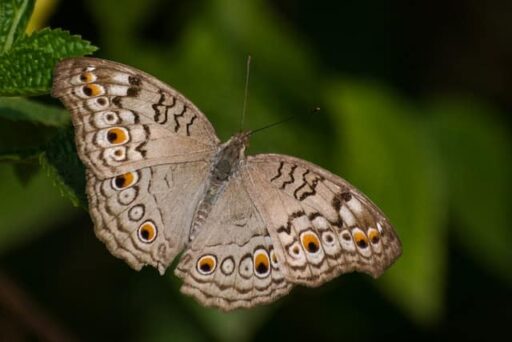
Moths are defenseless animals. They have zero mechanisms for self-defense. However, some species, like the peppered moth, are adapted for camouflage. That is the primary way through which they escape their predators. Being nocturnal animals, unlike their counterparts – the butterflies – they have the ability to source food without their eyes.
Some other moths have another adaptation called mimicry. These species have their wings patterned so that their predators begin to think they are way bigger than they are. This causes them to appear as a species of moths that are unpalatable to their predators.
Asides from adaptations to camouflage and escape predators, they can fly. Their narrow wings and streamlined body helps them fly swiftly and for long periods. Some species are notable at flight, while some hover over flowers.
What Do Moths Eat?
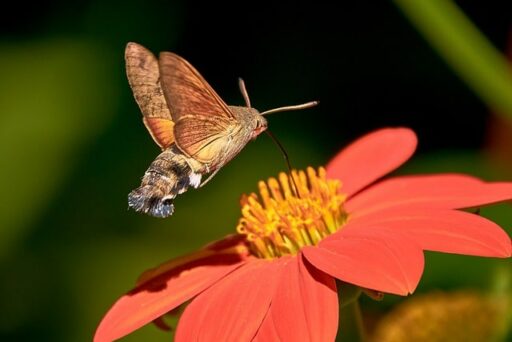
Moths are incredible creatures. They feed on various substances, thanks to their ability to thrive in various habitats. They also feed on a wide range of things, from your favorite piece of clothing to leaves, plants, and flowers. Just about anything, really.
The following is a long list of different things that moths eat.
#1 Bugs
Who would have thought that these innocent-looking creatures have carnivorous tendencies? Well, the shocking reality remains that some moths feed on bugs.
Worse still, some species of moths exhibit traits of cannibalism, sometimes feeding on their siblings. The species of moths known for such feeding modes are the Harvester Moth, Cherry Gall Azure, Planthopper Parasite Moth, and the Kermes Scale Moth.
#2 Flowers Nectars
Moths are nocturnal animals, and so are some flowers. These night-blooming flowers depend on them for their pollination.
The adult moths that feed on flowers have a tube-like mechanism -the proboscis, a beak with which they feed on nectar, sap, and keratin from these flowers. Juices and decaying fruits of flowers are also on their menu.
White and yellow colored flowers are attractive to moths because of their high visibility, even in low light.
The moths are helpful as they pollinate these flowers during their night rounds.
#4 Nothing
Surprised? You should be. Most species of moths have their mouth parts adapted in ways that make them unable to feed. Moths like Luna, Polyphemus, Atlas, and Promethera do not have mouth parts.
Moths consume the most food during the larvae stage of their lives. During their adult stage, their food consumption decreases significantly; some even stop eating. Then they consume liquids primarily to keep their body fluid balanced.
#5 Clothing
Although most moths do not eat anything, clothes moths feed on whatever they find. They do so at the larva stage during their life cycle. However, the damage they cause during their larvae stage is usually devastating.
They do not last long during this period of their lives as they quickly migrate to the caterpillar stage, where they start feeding on other things to continue growing.
#6 Cereals
In homes, the pantry moths are reputable for feeding on everything they find edible. They can be a massive problem for you if they find their way into your home or pantry.
Pantry moths have a voracious appetite. They will not hesitate to feed on your cereals, nuts, flour, dried fruits, chocolate, herbs, spices, and other food items. Yes, they can be that audacious.
#7 Seeds
Caterpillar moths feed on the seeds of plants. Some feed on plants like sugarcane, corn, and sorghum. When they feed on these crops, they constitute significant damage to them – capable of causing huge financial problems for farmers.
Final Word
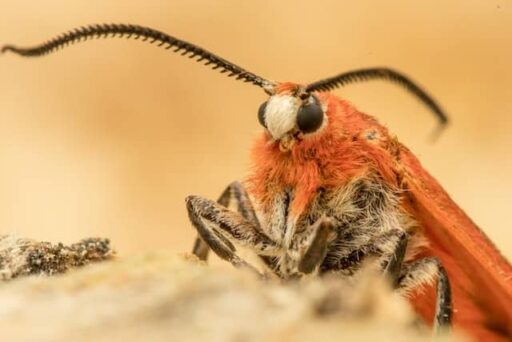
Some invasive species cause severe damage to forests in some parts of the United States, and the codling moth frequently damages fruit farms in temperate climates such as Western Europe and Western North America.
Moths feed on a wide range of substances. However, they consume a good portion of their food during their larval stage. It is during this stage that they cause the most havoc. Once it reaches the full maturity stage, they mainly focus on reproducing.
This article has undoubtedly been an exciting read for you, and we’re sure you’re itching for more. Continue expanding your knowledge on the insect kingdom by learning 8 Facts About Baby Cockroaches!
Join our Forum for free today!


